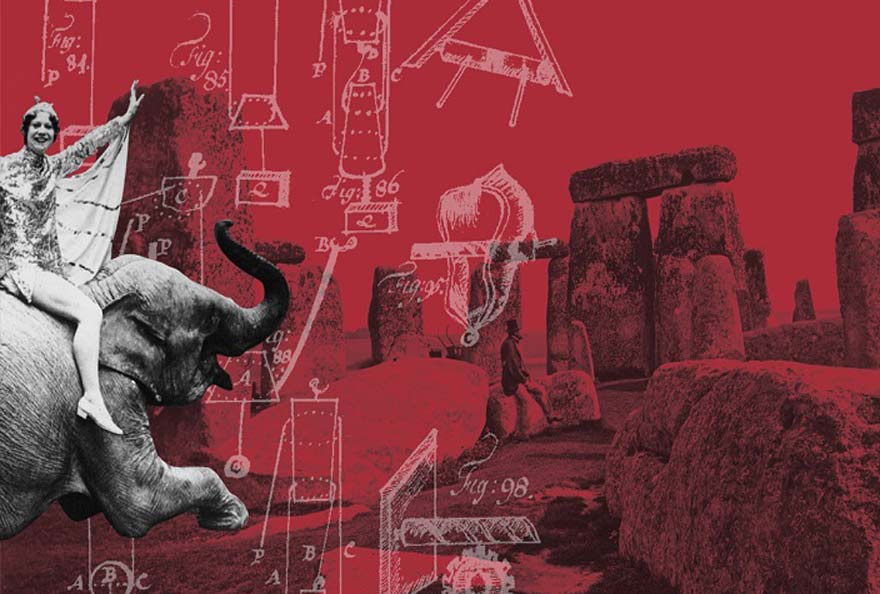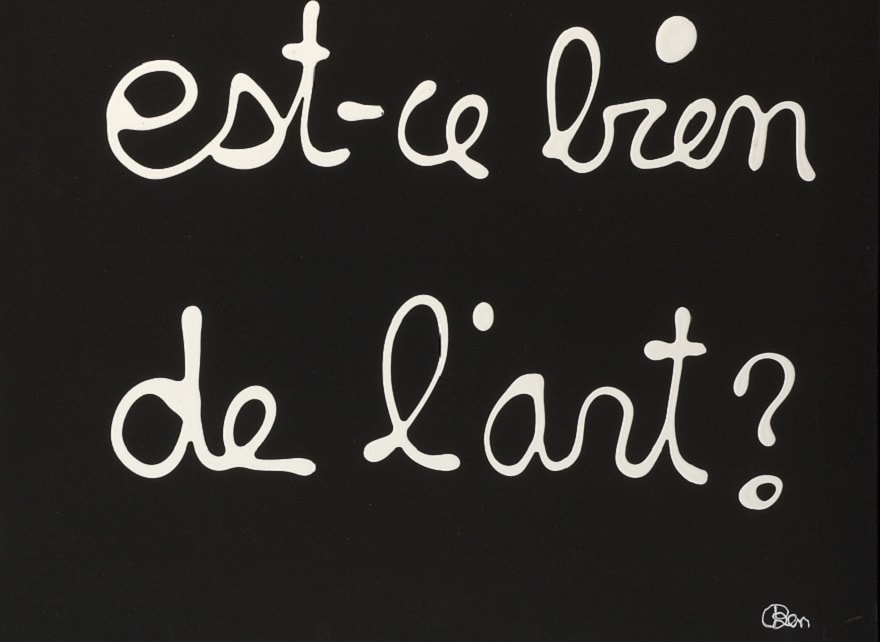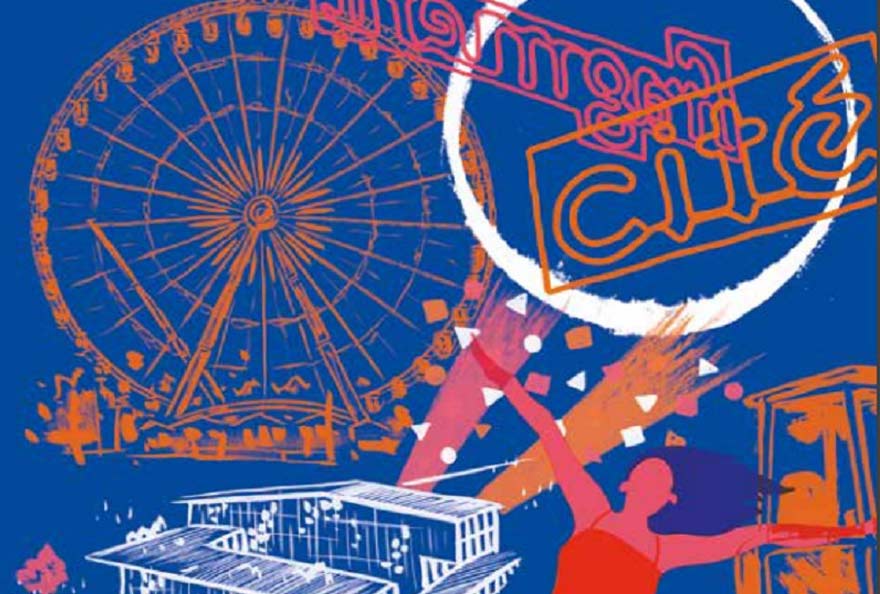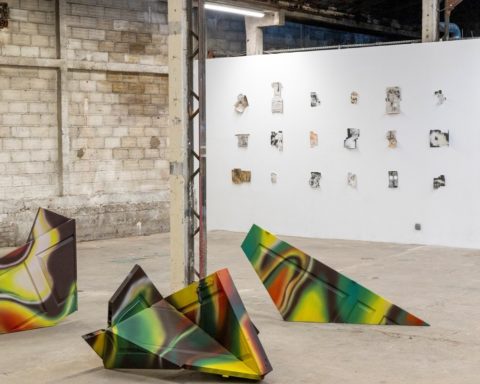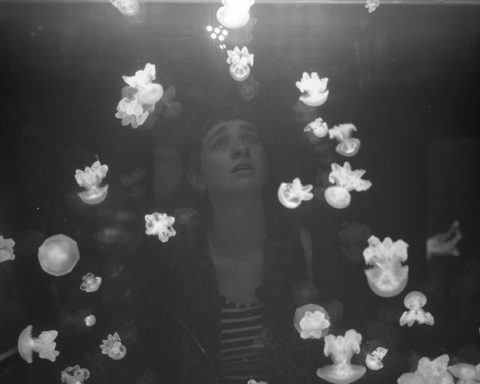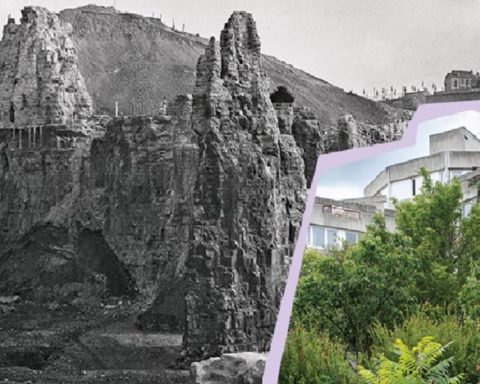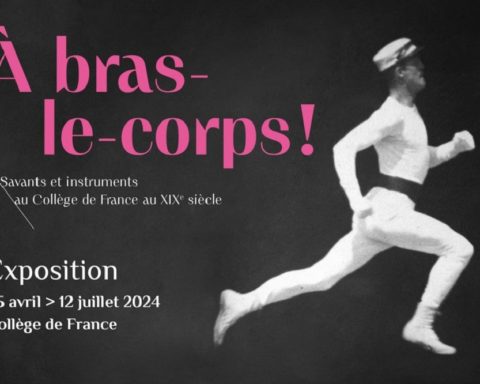European culture encompasses millions of paintings, books, music and other works spanning several centuries. However, until recently, the only way for the public to discover these masterpieces was to visit the specific institution that houses them. Europeana, a non-profit organisation co-founded by the European Commission, was created in 2008 to help people discover these works of art online via a portal and a Web API with a new database, Neo4j, where millions of European art and cultural objects are not only accessible to all, but become interactive according to the interests of each visitor.
Drom the Mona Lisa to Mozart's music, information on millions of works of art in Europe is presented online by the foundation Europeana. This "connected" data can be quickly explored using Neo4j's graph database, helping academics and art enthusiasts around the world to better discover Europe's rich cultural heritage.
Over the past eight years, Europeana's team of 60 people has been cataloguing cultural items from museums, libraries, universities and archives throughout the European Union to make them known to the rest of the world. They have now made digital information searchable for more than 53 million masterpieces available to users worldwide.
The challenge: transforming the world with culture
The Europeana Foundation, based in the Netherlands, defines its own mission as follows: "We transform the world with culture". To achieve this, the foundation has encouraged more than 3,000 institutions in Europe to provide all digital data on their works of art. By collecting this information and making it available online, the foundation has been able to promote these institutions and make their collections known to art lovers and researchers around the world. One thousand five hundred institutions participated in Europeana, such as the British Library in London, the Rijksmuseum in Amsterdam, and the Louvre in Paris. To this end, the States undertake to digitize their content currently preserved in traditional ways, make it accessible on the Web and ensure its preservation in digital form for future generations. In addition to national libraries, the project will involve European libraries, archive services and museums.
Sharing cultural heritage, innovation, research, value creation and employment: Europeana concentrates all the challenges of the digital age. It is a valorisation of art in the digital age. "We live in a digital society." says Matt Nader, Head of Infrastructure at Europeana. « Going to a library to consult an old newspaper is no longer very common. In a digital version, it's much more accessible.
Europeana's team of about ten developers created databases of structured information about each work - its creation date, author, location and all available digital data about it. Crucially, they have ensured that this information is available in several European languages so that virtually everyone can access it.
Matt Nader takes the example of probably the most famous painting in the world - Leonardo da Vinci's Mona Lisa exhibited at the Louvre Museum in Paris. « If you are a researcher and need original information about the Mona Lisa, you need to go to the Louvres and plan time to consult the requested resources. These authenticated original documents are what we make available through our API or our portal".
Europeana also wanted to encourage users to explore the works in detail by creating relationships between the associated elements - such as all the information on the Mona Lisa, or on the works of the same painter or composer.
At this stage, Yorgos Mamakis, system architect, explains that the foundation realized that using traditional databases to host "connected" data in this way was impractical.
"Our goal is to create as many relationships as possible between cultural works" continues Yorgos Mamakis. "But we lacked a meaningful way to make a 'relationship' and move from one object to another through these hidden relationships in the data model. This requires so much memory, given the number of archives we have, that we would have needed billions or even trillions of tables in a classical semantic repository. Moreover, traversing or extracting this type of information would have been extremely time-consuming. »
The Neo4j solution
According to Yorgos Mamakis: " The solution we needed was Neo4j, a database of graphs that supported everything we wanted and provided it ready to use. Neo4j provided the relationship ferries and links we needed in a structured way. »
As part of an ongoing project, Europeana now presents more than 6 million (12%) of its 53 million cultural objects and archives in Neo4j. The database, which has been simple to implement - " It was very easy to work with Neo4j " confirms Yorgos Mamakis - is playing an increasingly central role in the foundation's operations.
Yorgos Mamakis explains: "As the number of works available to us increases, we expect more and more of them to finish in Neo4j, which will become one of our core systems. Ideally, in the near future, we will be able to disable the other database systems we use. »
Thanks to Neo4j, "similar elements" are offered to visitors to encourage them to move between related information and discover more works related to their interests. For example, searches for the Mona Lisa now yield dozens and even hundreds of results. The platform also features an "Explore" button and dozens of online "exhibitions" to motivate further discovery.
Yorgos Mamakis explains: "This new database enhances the quality of our archive and the user experience by providing a new way to navigate between data. Now, we no longer just extract an object, but the family of objects closely related to it - providing another entry point to access new objects and potentially find more information about what interests us. »
The platform seems to be a success that regularly attracts nearly 250,000 online visitors with 1 million page views each month. Its approach based on Neo4j to facilitate data access and research was also an immediate success with the institutions that submitted their information.
Yorgos Mamakis adds: "The more partners we convince to structure data in this way, the better. 12% is already present in the Neo4j database, which proves that our partners are convinced of its usefulness. The more data, the better it is for us and the better the user experience. For us, that's what it's all about. »
Matt Nader comments: "For me, the point of having Neo4j is to take a big step forward. It is possible to find our items very quickly. By proceeding step by step with a classic relational database, the application would be cumbersome and the response time would be slow. Neo4j responds very quickly".
Culture is a catalyst for economic and social change. But this is only possible if it is easily accessible and easily used by people to create, build and share. Revealing Europe's cultural heritage and using new technologies will help people to build and transmit new ideas.

